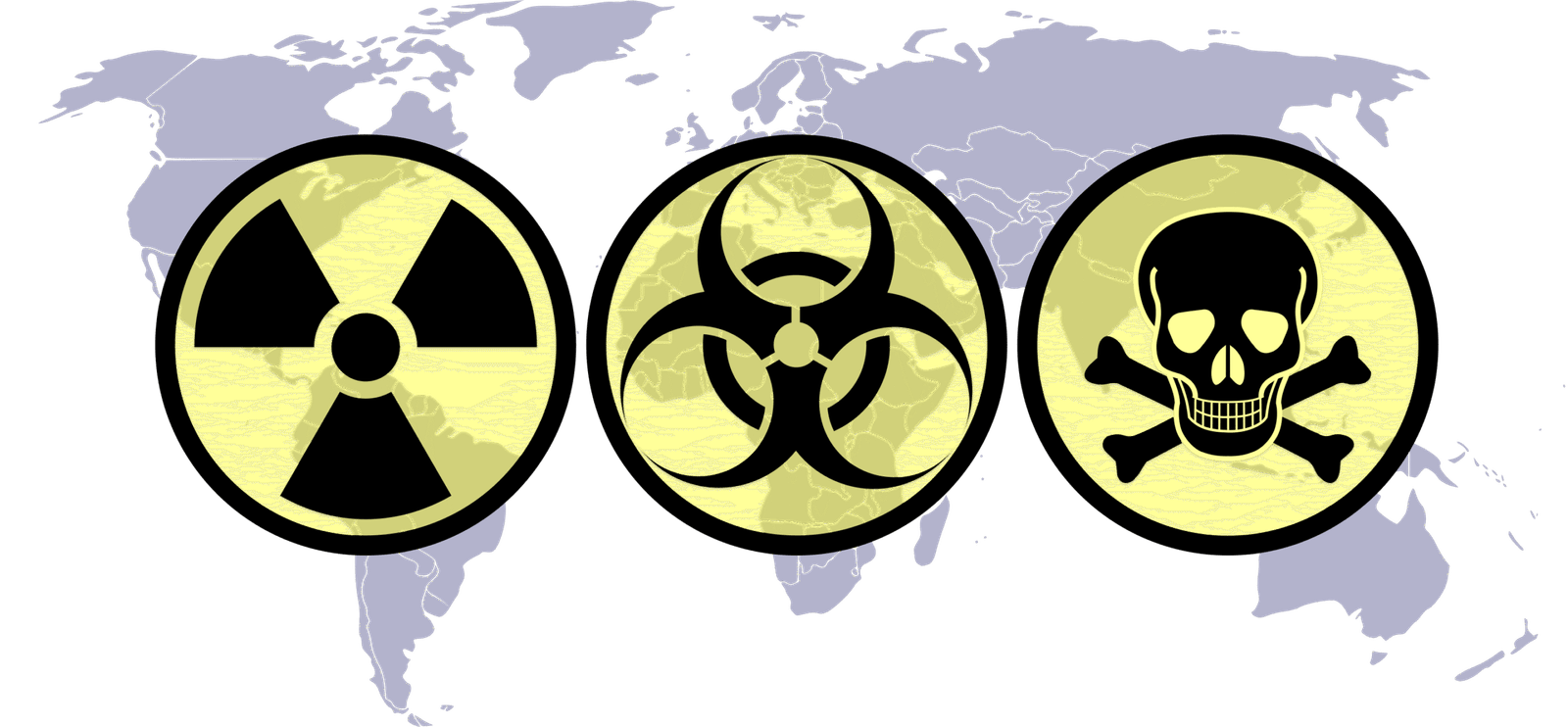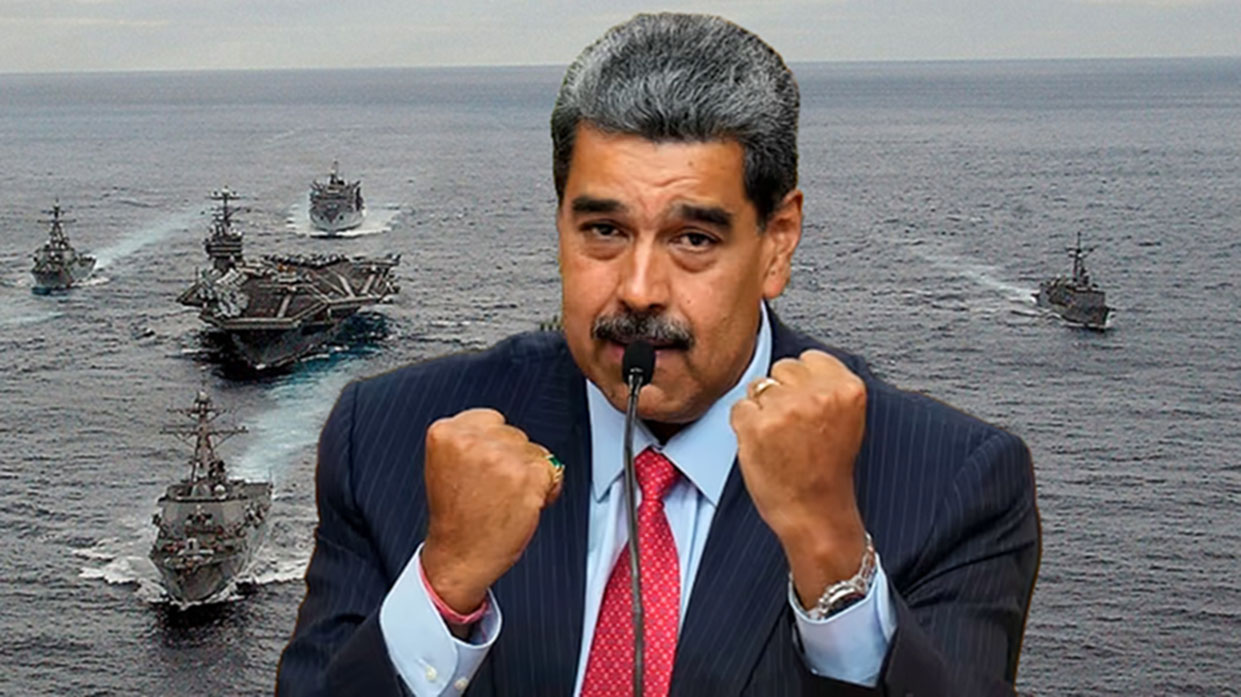Introduction: The Nuclear Question in Modern Diplomacy
Few international issues stir more fear and controversy than the idea of Iran becoming a nuclear power. While the West frames Iran’s nuclear ambitions as a threat to global stability, Iranian leaders argue it’s a matter of national survival. At the heart of this decades-long tension lies a complex question: are nuclear weapons instruments of war or tools of deterrence?
To understand today’s stalemate, we must examine the history, the global players, and the motivations behind both narratives.
A Brief History of Nuclear Weapons
Nuclear weapons first appeared in 1945, when the U.S. bombed Hiroshima and Nagasaki. Since then, only a handful of nations have officially joined the nuclear club:
- U.S. (1945)
- USSR/Russia (1949)
- UK (1952)
- France (1960)
- China (1964)
Later, India (1974), Pakistan (1998), and North Korea (2006) tested nuclear weapons. Israel has never confirmed, but is widely believed to possess them.
In 1970, the Nuclear Non-Proliferation Treaty (NPT) sought to curb the spread of nuclear weapons and promote disarmament. Iran remains a signatory.
Why the West Says No
For Washington and its allies, a nuclear Iran poses multiple dangers:
- Regional Instability: If Iran develops nukes, rivals such as Saudi Arabia or Turkey may follow.
- Terror Concerns: Fear that nuclear material could fall into the hands of extremist groups.
- Trust Deficit: Iran’s breaches of uranium-enrichment caps under the 2015 JCPOA deal fuel suspicion of hidden agendas.
In response, the West has applied pressure through sanctions, diplomatic isolation, intelligence sharing, and cyber operations such as Stuxnet.
Why Iran Says Yes
From Tehran’s perspective, nuclear weapons provide the only real insurance against foreign intervention. Their logic is shaped by recent history:
- Iraq (2003): Saddam Hussein had no WMDs — but his regime was toppled.
- Libya (2011): Gaddafi abandoned nuclear ambitions and still faced NATO-backed regime change.
- Ukraine (1994 → 2022): Kyiv gave up Soviet-era nukes under the Budapest Memorandum, only to be invaded by nuclear-armed Russia decades later.
Meanwhile, countries like India, Pakistan, and North Korea gained deterrence — and leverage — once they joined the nuclear club.
Iran argues that if nuclear weapons are truly a global threat, existing nuclear states should lead by example through genuine disarmament.
Two Narratives, One Global Dilemma
- Narrative 1: Western Lens – A nuclear Iran equals chaos and greater danger.
- Narrative 2: Iranian Lens – Nuclear weapons equal survival in a world that respects strength.
Both carry historical weight. Both are rooted in fear.
Where Do We Go From Here?
Diplomatic efforts like the JCPOA offered compromise but collapsed amid distrust and shifting politics. Without renewal, the world edges toward a dangerous tipping point.
Possible Paths Forward:
- Return to a deal: A stricter JCPOA with tighter verification.
- Regional nuclear-free zone: Ambitious, but addresses wider proliferation.
- Acknowledgement + containment: Treat Iran like North Korea—recognize reality, focus on deterrence.
Resolving this crisis requires empathy: understanding both Western fears and Iranian insecurities. Without it, stalemate may one day turn explosive.
Conclusion: You Make the Third Narrative
Is Iran a rogue state chasing apocalyptic power? Or a nation acting rationally in an irrational world?
At 3 Narratives, we don’t give you the answer. We give you the voices, and invite you to decide — because the real power lies in seeing both sides.

Sources and Context
Drawn from the IAEA, the U.S. State Department JCPOA summary, NTI, Brookings, and the Bulletin of the Atomic Scientists.



[…] foreign policy, Merz has signalled robust positions on global threats. He publicly labelled China an “increasing threat” to German security and advocated […]
[…] yet also distinct differences in vision. Kennedy, Reagan, and Trump all sought to protect their nation and uphold its interests against great threats – in that, they fought for a broadly similar cause of national security and the preservation of a […]
[…] have enabled some of the deadliest school attacks. It has also showcased the gulf between nations – how a society awash in guns faces threats that others largely avoid. There is no simple fix to the horror of school shootings, a phenomenon […]
[…] just their own weapons. Each has the industrial capacity and political leverage to help other nations cross the nuclear threshold. It was no accident that Iran’s leaders stood as honored guests in Beijing’s […]
Scary thought, wouldn’t you say?? How much are nations willing to pay to have their hands on nuclear weapons?